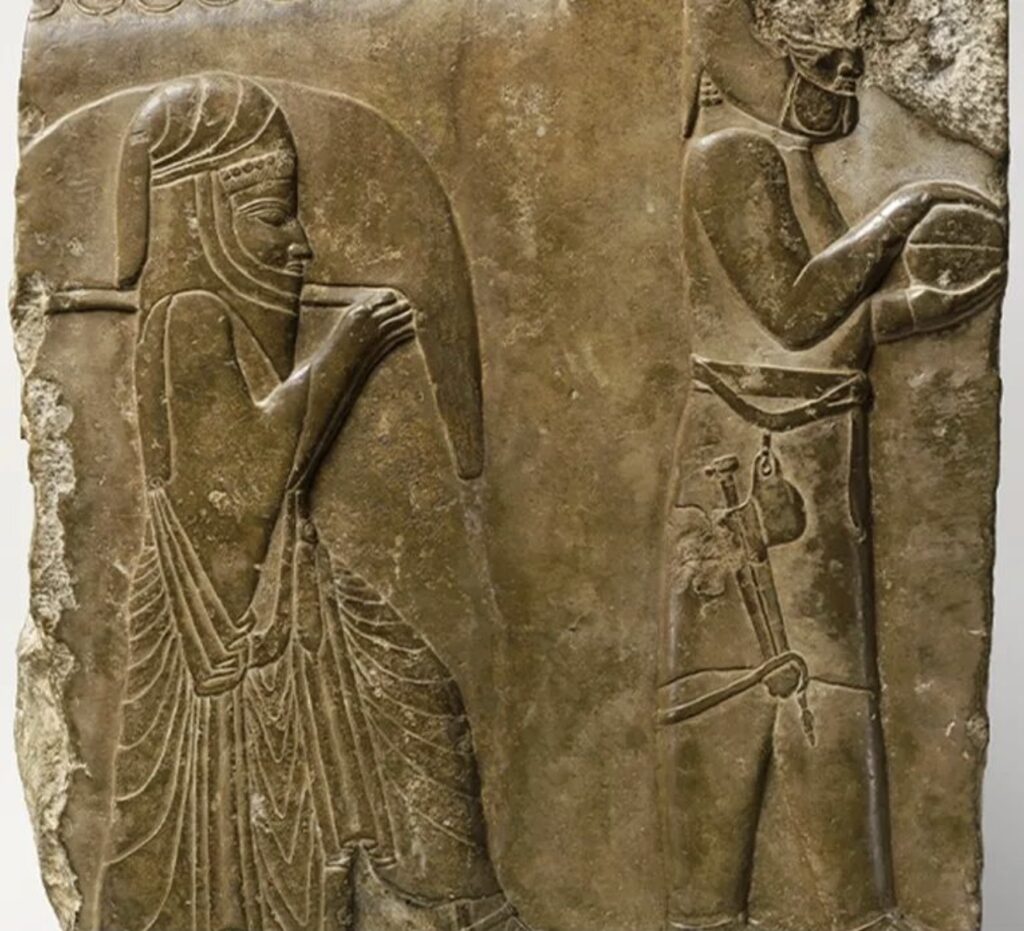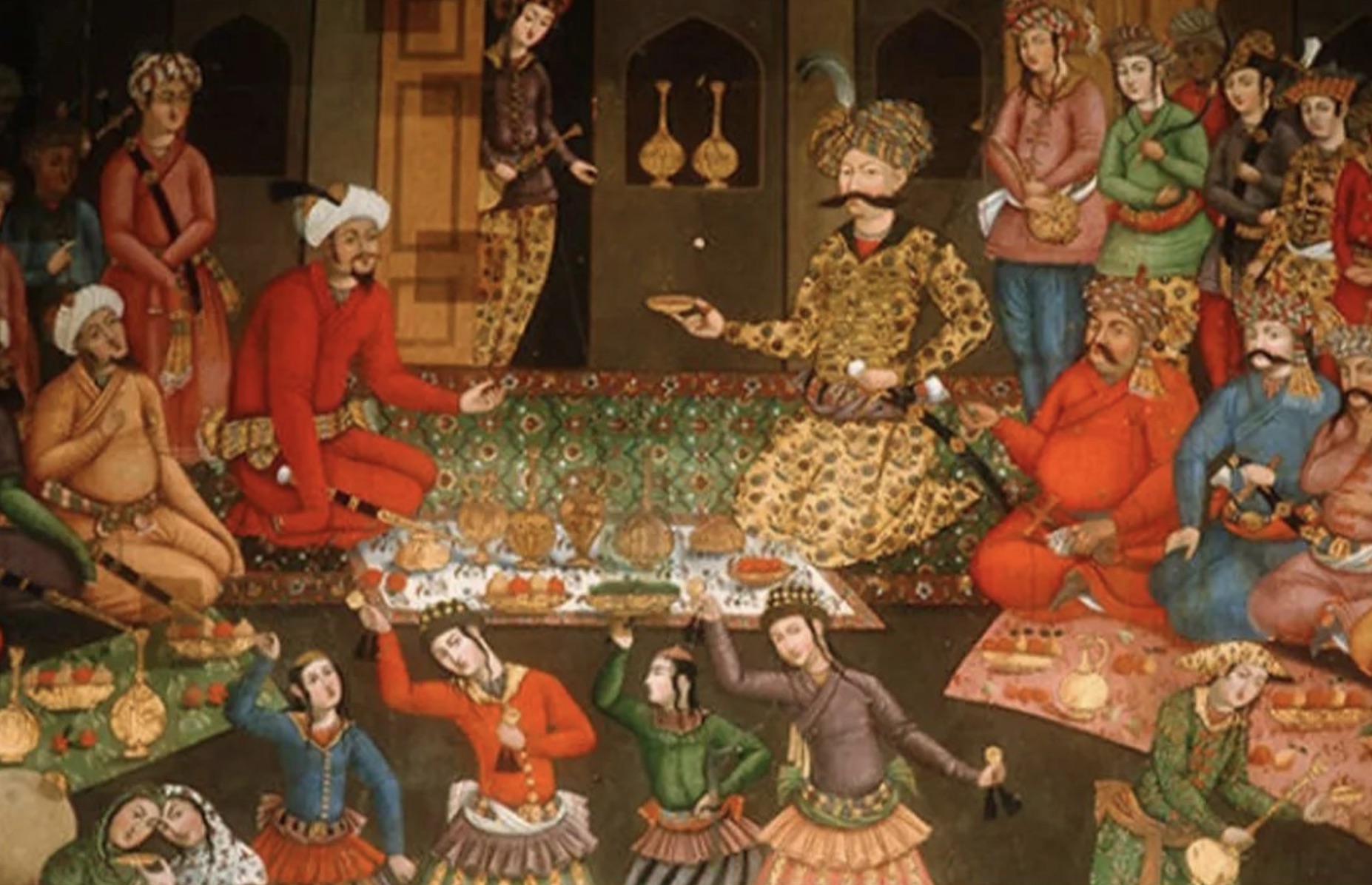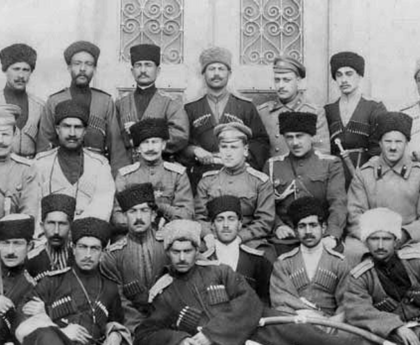The history of Iranian cooking goes as far back as sixth century B.C. when Cyrus the Great established the Achaemenid Persian Empire which stretched from India to Egypt and parts of Greece.
This vast territory unified a conduit of culture and cuisine, and native Persian ingredients such as saffron and rose water were spread throughout the empire.

The court foods of ancient Persia (as Iran was called until the 1930s) included perfumed stews flavored with cinnamon, mint, and pomegranates; stuffed fruits and vegetables; and tender roasted meats – all dishes that have influenced the cooking of countries as far as India and Morocco.

Additionally the Persians traded with the kingdoms of the Far East: Caravans traveling along the Silk Road from China to present-day Syria brought citrus fruits, eggplants, and rice from Asia to the Middle East and the Mediterranean.

After the fall of the Achaemenid Persian Empire to Alexander the Great, each successive wave of rulers proved fond of the Persians’ flavorful cooking. The Arabs, who later invaded Persia, would bring the distinct sweet-and-sour flavors of the region to North Africa. In the Middle Ages, exotic Persian techniques such as gilding (painting foods with elaborate gold or silver leaf) traveled to Europe via the Crusades, becoming all the rage at regal banquets.

From the 11th to 15th centuries A.D., Persian culture flourished despite Turkish and Mongol rule. This era saw a flowering of native poetry and art, and its rarified cooking, with rich sauces and pilafs strewn with nuts and dried fruit, became the foundation of the Moghul cuisine of northern India.

Contemporary Persian cooking wears its heritage on its sleeve. Rice has a place of honor, prepared with a prized, golden crust formed from clarified butter, saffron, and yogurt. Lamb and chicken are marinated and grilled as kebabs, or mixed into stews called khoresht with fruit and sour ingredients such as lime juice. Cinnamon, cardamom, and other spices are used in great abundance, along with a multitude of fresh herbs, and pickles and flatbreads are served at every meal. Desserts feature rose water and pistachios, and refreshing drinks called sharbats are made from diluted fruit and herb syrups.





